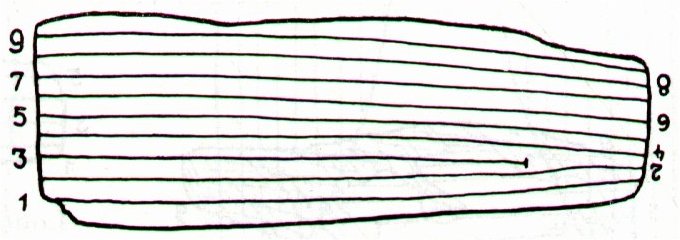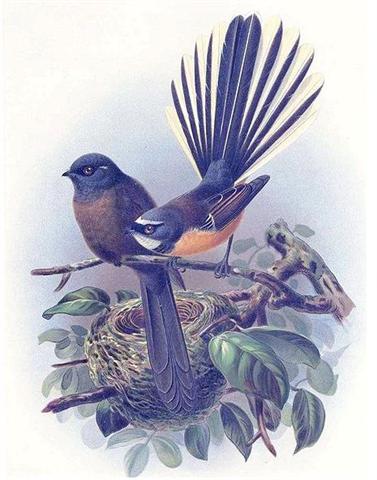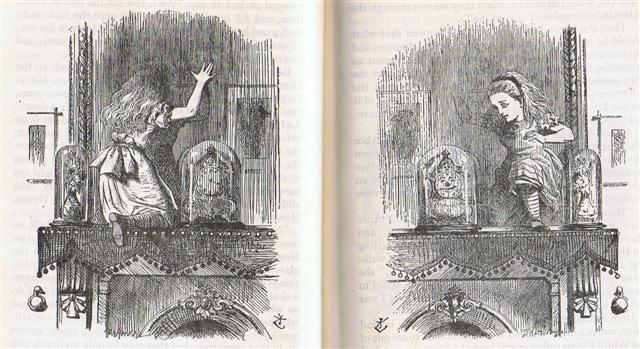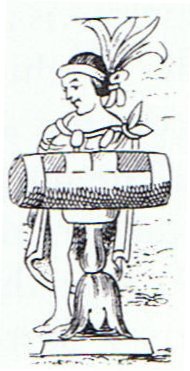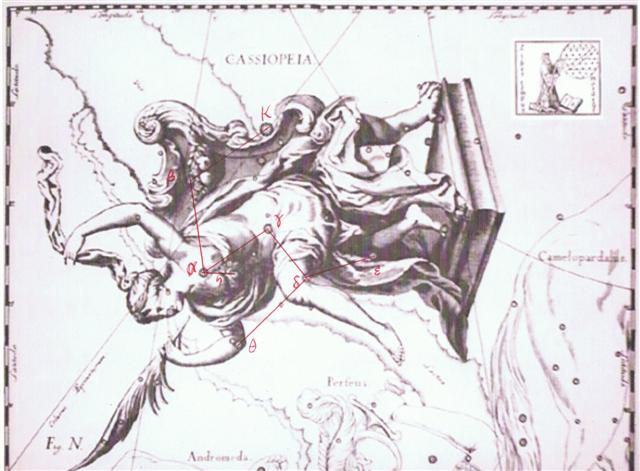10-12. The possible equation 82° + 100° + 82°+ 100° = 364° (→ 364 days) suggests another and more ancient division of the year than our own 'a year and a day': 91 + 91 + 91 + 91 + 1. Perhaps it might cast some light on the curious addition with 100 (→ 450 - 350) in the E text:
Glyph line Ea7 ends with glyph number 100 + 156 = 256 → 56 (→ Alcyone) + 200 → 364 - 108. Could this imply that right ascension *55 at the 6 stars (Tau-ono) marked the last day in a day sequence of 82? We know that 365 + 55 = 500 - the eniautos of the Phoenix -
which implies that 500 - 82 = 418 = 364 + 54 could have been an ancient account for determining the day of the solstice. Day 54 is February 23, which anciently was named Terminalia. We might need to look at the top of the Phaistos disc in order to clear up such questions. The text on the top (front side) of the disc ends, I have suggested, 15 days after glyph number 108 (= 123 - 15) in the center of the conspicious 'joined together in close embrace' triplet 37-2-9, which presumably is in parallel with the conspicious (drawing attention, 'strange attractor') empty glyph space at location 261 (= 9 * 29) on the front side of the E tablet:
From these assumptions it will be possible to count back to the beginning:
This looks promising. From Heze (*205.0) at the Full Moon in October 12 (285) to the end of the year there were 80 days, as if it was a looking glass image of 80 days from the Gregorian 0h in March 21 (80) back to January 1.
From the Knee of Cassiopeia rising with the Sun in April 10 (100) to October 12 (285) there were 185 days. The idea of a Knee surely was important, as can be guessed from the Mayan drawing of the lady behind the tun drum:
... On February 9 the Chorti Ah K'in, 'diviners', begin the agricultural year. Both the 260-day cycle and the solar year are used in setting dates for religious and agricultural ceremonies, especially when those rituals fall at the same time in both calendars. The ceremony begins when the diviners go to a sacred spring where they choose five stones with the proper shape and color. These stones will mark the five positions of the sacred cosmogram created by the ritual. When the stones are brought back to the ceremonial house, two diviners start the ritual by placing the stones on a table in a careful pattern that reproduces the schematic of the universe. At the same time, helpers under the table replace last year's diagram with the new one. They believe that by placing the cosmic diagram under the base of God at the center of the world they demonstrate that God dominates the universe. The priests place the stones in a very particular order. First the stone that corresponds to the sun in the eastern, sunrise position of summer solstice is set down; then the stone corresponding to the western, sunset position of the same solstice. This is followed by stones representing the western, sunset position of the winter solstice, then its eastern, sunrise position. Together these four stones form a square. They sit at the four corners of the square just as we saw in the Creation story from the Classic period and in the Popol Vuh. Finally, the center stone is placed to form the ancient five-point sign modern researchers called the quincunx ... In the E text we can read that the Sun probably would reach the Knee of Cassiopeia at Ea5-12 (148) which was 12 days after her nourishing Breast (Schedir, *8) at the end of line Ea4.
|
|||||||||||||||||||||||||||||||||||||||||||||||||||||||||||||||||||||||||||||||||||||||||||||||||||||||||||||||||||||||||||||||||||||
